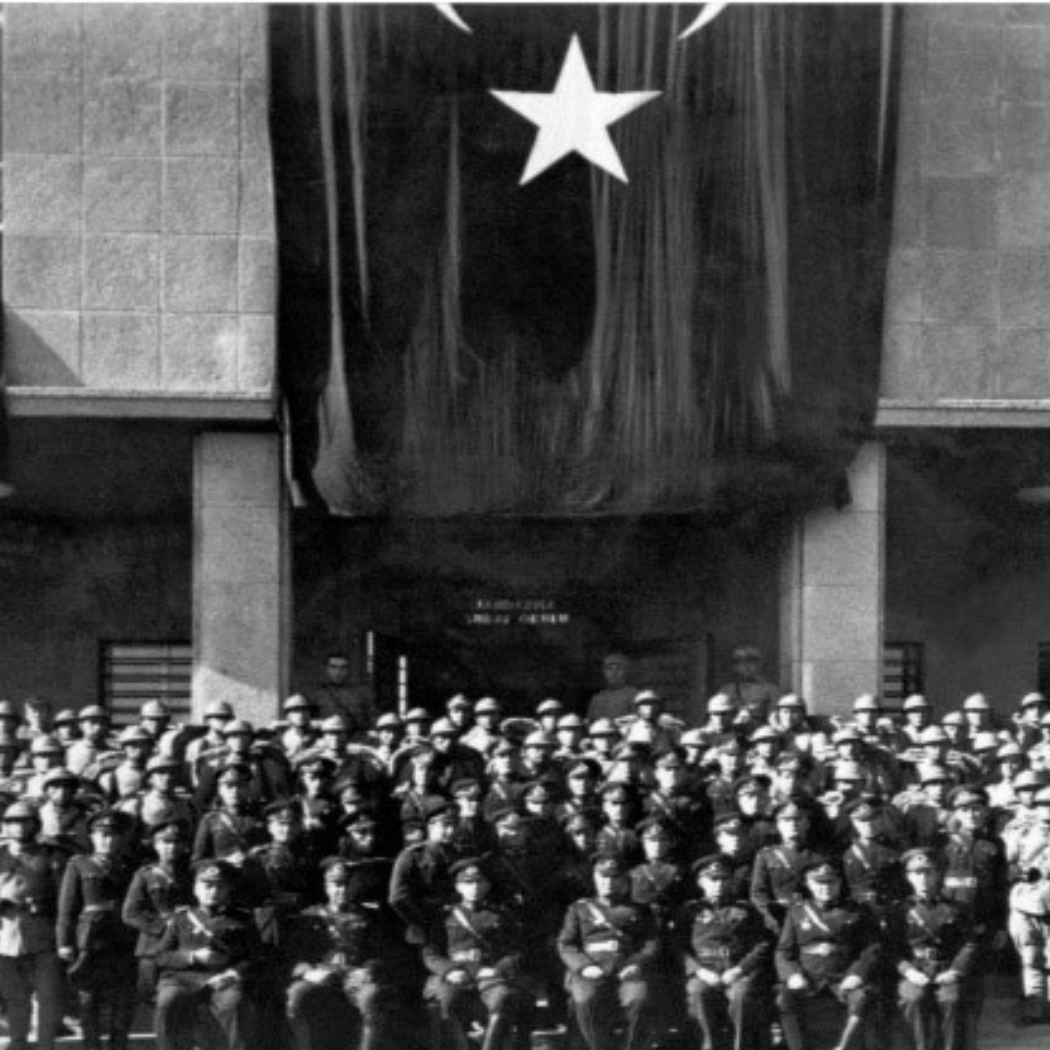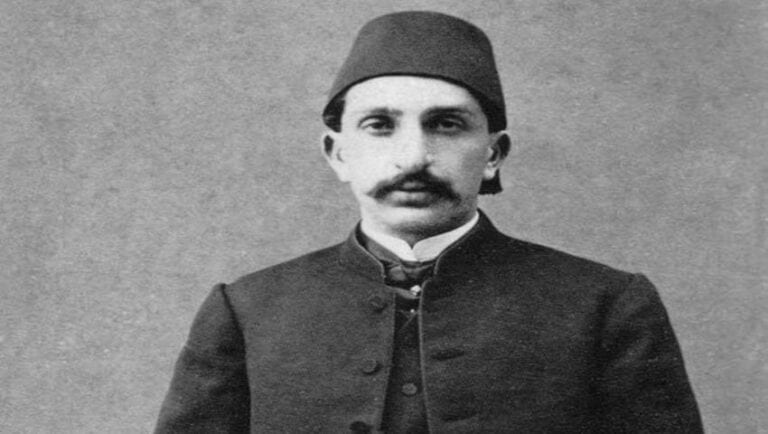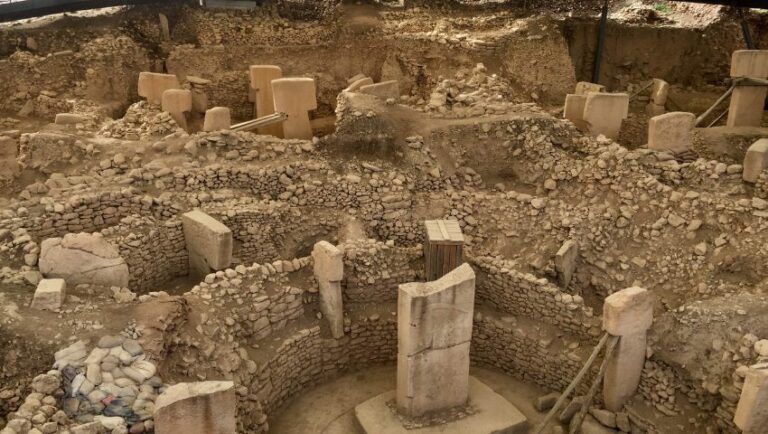Table of Contents
The History Of Turkish Gendarmerie from it’s deep Turkic roots, to the Ottoman and republic era
In this post, we offer an insightful exploration is the Turkish Gendarmerie. Responsible for maintaining public order in areas that fall outside the jurisdiction of police forces, the Gendarmerie holds a significant position in Turkey’s law enforcement.
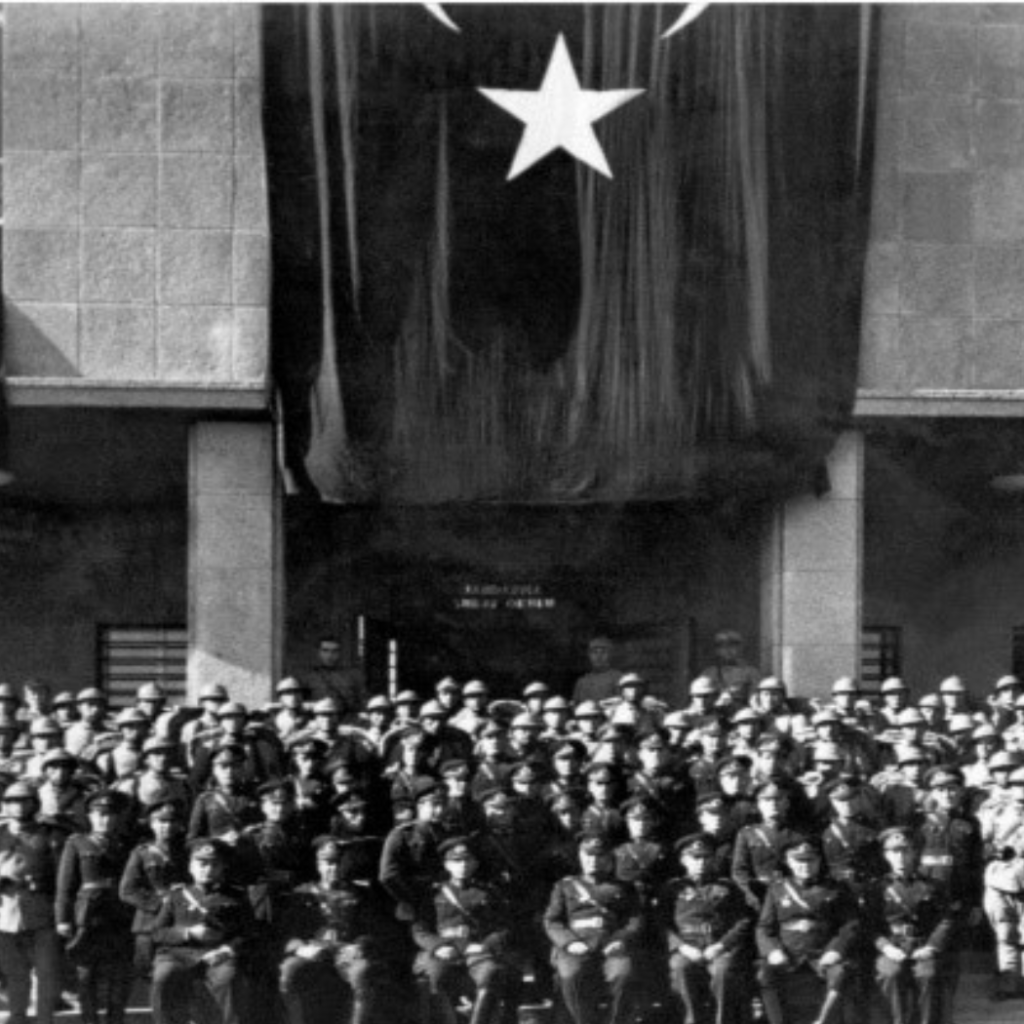
Overview of the Turkish Gendarmerie’s role in law enforcement
The Turkish Gendarmerie plays an essential part within Turkey’s law enforcement. They are entrusted with the essential function of ensuring public order in rural areas. Though a military body in nature, the Gendarmerie falls under the Interior Ministry’s control in times of peace.
Their main responsibilities include:
- Crime prevention and investigation: Much like their police counterparts, they are often first responders to crime scenes in their jurisdictions.
- Border control: They help other law enforcement agencies ensure the country’s borders’ security.
- Counter-terrorism: The Gendarmerie is also involved in Turkey’s fight against terrorism.
Understanding the historical context of these roles aids in further comprehension of the evolution of the Turkish Gendarmerie and its significant place in the history of Turkish law enforcement. Later sections of this post will dive deeper into the Gendarmerie’s past and its progressive transformation over the years.
The roots of the Turkish Gendarmerie
When we explore the history of the Turkish Gendarmerie, we discover that it has deep roots in the rich history of the Ottoman Empire. Returning to the empire’s military and administrative traditions sheds light on the role it had in developing the modern-day Gendarmerie.
The word “Jandarma” Origins
The origins of the word ‘jandarma’ can be traced back to the era of the early Muslim Turkish states where the concept of law enforcement started to institutionalize and bureaucracy began to diversify. It was during these times that the term ‘subaşı’ or ‘subaşılık’ was used as a title or office for law enforcement, often having a connotation of a ‘commander’.
In the Karakhanid Era, there were palace guards referred to as ‘yatgak’ and ‘turgak’, standing guard during the day and night respectively. An intriguing title from the same era is ‘candar’, a term translating to ‘weapon holder’. These ‘candars’ were soldiers chosen from the ghilman who were entrusted with the security of the khan and the palace.
9It is from this historical background that some historians propose the French term ‘jandarma’, bearing a similar connotation, originated from ‘candar’. This etymological journey of the word ‘jandarma’ reflects the rich tapestry of cultural and linguistic exchanges throughout history.
Emergence of gendarmerie-like organizations during the Ottoman Empire
The “subaşılar” in the districts, the “sanjak beys” in the sanjaks, and the “beylerbeyi” in the provinces carried out security services with troops under their authority as military and civil authorities in the Ottoman Empire.
Moreover, the grand vizier was directly in charge of the overall security of downtown Istanbul. Under the command of the Grand Vizier, the Janissary forces attempted to secure the city under several identities.
The classical period’s governmental structure was essentially military in character. There was no substantial class divide, such as civil, judicial, financial, or military. Officials from several government ministries and troops were in charge of maintaining public order and isolation. The units that enforced the legislation in the provinces were typically army personnel known as serhad kulu, yerli kulu, timarl sipahi, and gönüllü.
Security and security services in Istanbul were carried out using a different duty sharing model than in the provinces. Janissaries, Janissary agha, Cebecibaş, Cebeciler, Kaptan Paşa, Topçubaş and Topçular, Bostancbaş and Bostanclar all contributed to the state’s security.
The security and public order services were carried out by military organizations established under the names “Asakir-i Muntazama-i Mansuri“, “Asakir-i Muntazama-i Hassa” and “Redif Battalions” in some provinces of Anatolia and Rumelia in 1834 under the Asâkir-i Mansûre-i Muhammediyye army after the abolition of the Janissary organization in 1826.
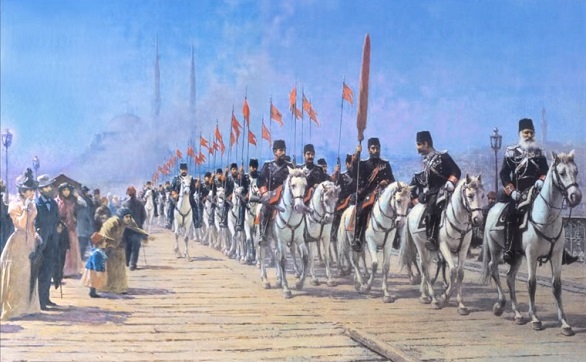
Key points making a note of are:
- The Subaşı’s role in maintaining order and security in the Ottoman Empire paved the way for structured police forces like the Asâkir-i Muntazâma-i Mansûre.
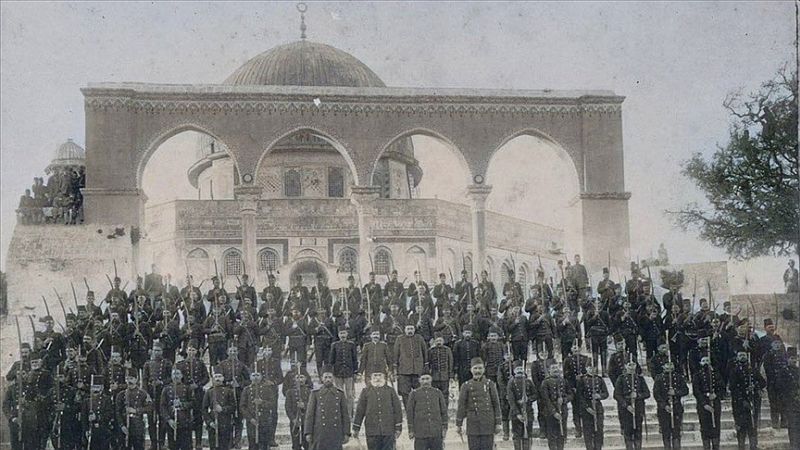
Turkish gendarmerie in Jerusalem
Turkish gendarmerie personnel serving in the Jerusalem “Kudüs-ü Şerif” in 1904.
In the black and white photographic frame, the Dome of the Rock is seen behind the gendarmerie personnel who are lined up in the main position with rifles and swords in their hands.
Establishment of the Turkish Gendarmerie
Zabtiye was the name given to the current Turkish Gendarmerie when it was established.
1839 is assumed to be the date of the establishment of the Turkish Gendarmerie while it’s name was not “Jandarma” at the time, it was actually known as Zabtiye.
On February 16, 1846, the “Zaptiye Müşirlii” was founded as a consequence of the centralization and standardization efforts, and the Zaptiye services throughout the provinces and sanjaks were immediately subordinated to this office. This is also known as the “Tawheed Zabta” (memorandum unification) era.
As a result, a new kind of law enforcement with military features was formed, with the primary mission of ensuring internal security and order and sent and supervised from a single command center.
Turkish Gendarmerie in the Republic Era
With the declaration of the Republic on October 29, 1923, the reform of the Gendarmerie organization started within the framework of a plan, as it did in many other institutions of the state. Many uprisings against the Republican rule erupted soon after the Republic’s establishment. During this period, which lasted from 1924 to 1938, the Gendarmerie was formed as Mobile Gendarmerie Detachments.
The entire law establishing the legal status of the gendarmerie organization was enacted on June 10, 1930, with the passage of Law No. 1706. The Gendarmerie organization received legal standing during the Republican Era as a result of this arrangement. Attempts to improve staff quality were seen in the establishment of schools in previous years.
The founding of the Gendarmerie Officer Grade School in 1936 was another significant step in the history of Gendarmerie education in the 1930s. In 1937, this school relocated to its own facility in Anıttepe, Ankara.
At this time, the Gendarmerie Officer Class School facility, which was opened under the Gendarmerie General Command in Anıttepe, was utilized in collaboration with the newly founded Police Institute. With the establishment of the Gendarmerie Officer Grade School, a curriculum for the training of officer candidates was developed to address the information, abilities, and attitudes required of a certified gendarmerie officer.
With the changes and alterations that occurred throughout the Republican Period, the gendarmerie organization evolved into a contemporary law enforcement agency.
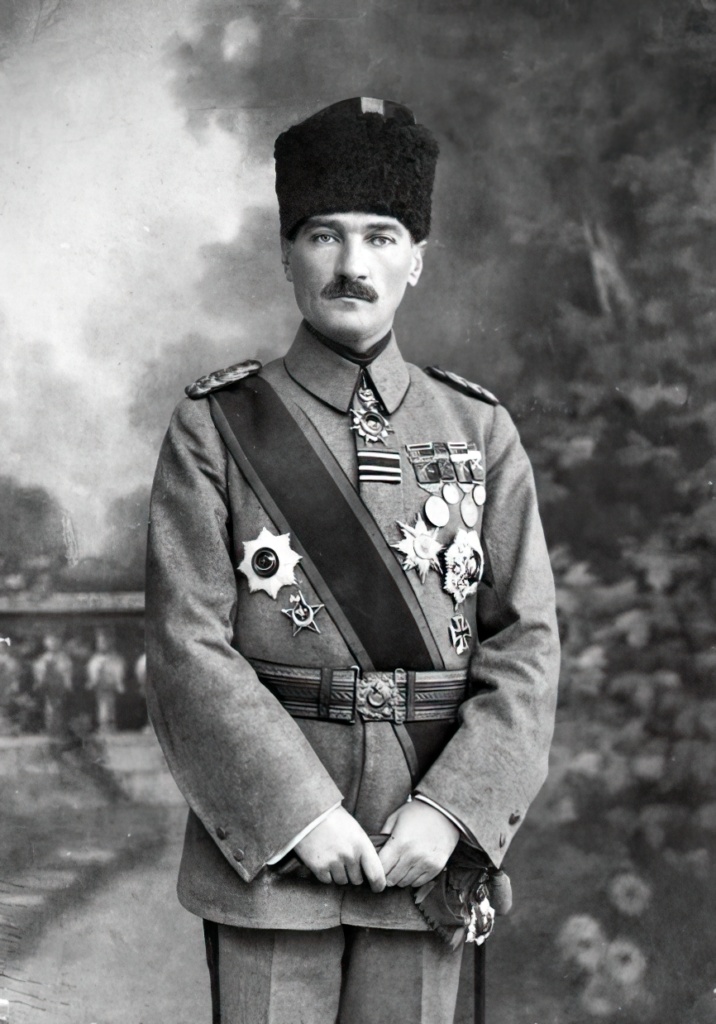
“The Gendarmerie is an ARMY OF LAW, an example of humility, sacrifice and renunciation, always bound by love and loyalty to the country, nation and republic.”
MuSTAFA kEMAL ATATÜRK
Important dates
1974
The 2nd Gendarmerie Commando Battalion of Nevşehir, as well as the Batman Gendarmerie Commando Battalion and Gendarmerie Aviation Units, took part in the Cyprus Peace Operation and were in the forefront of the Turkish Cypriot campaign for independence. Through its men, the gendarmerie took part in the Cyprus Peace Operation (976) and provided (13) martyrs.
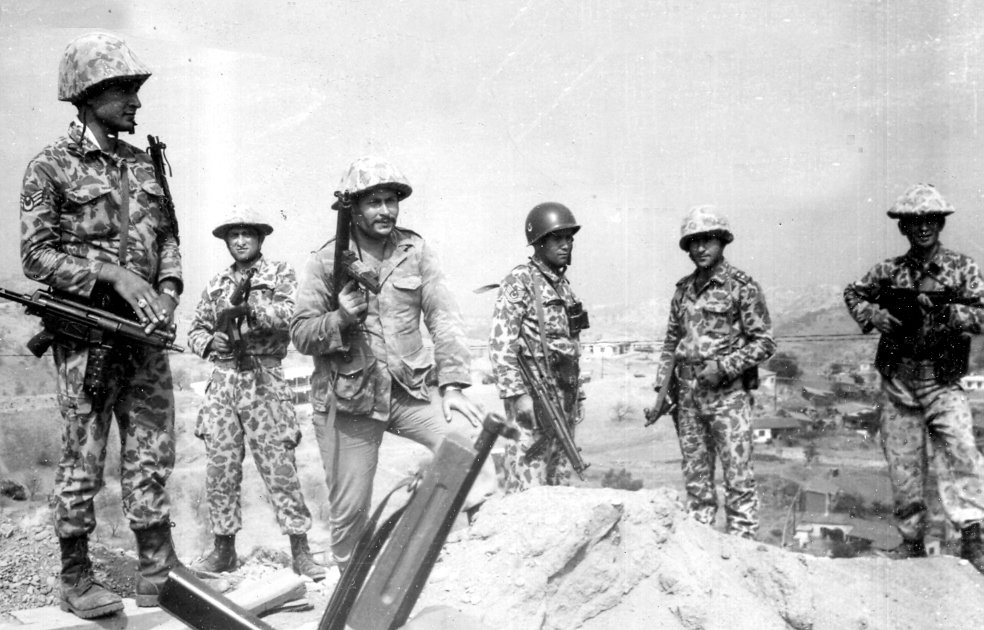
1982
The Coast Guard Command was given the responsibility of preserving our coastline and territorial seas by Law No. 2692.
1983
The Law No. 2803 on Gendarmerie Organization, Responsibilities, and Powers went into effect in 1983.
1984
From 1984 until the present, gendarmerie forces have been the most essential component of the war against terrorism against the PKK and other terrorist groups that threaten Turkey’s indivisible integrity, particularly in the Eastern and Southeastern Anatolia Regions.
1987
The Gendarmerie Public Security Command, formed in Diyarbakr on July 19, 1987, was deployed in Van Province on October 29, 1998. From December 4, 2002, the Gendarmerie Public Security Command has been known as the Gendarmerie Asayish Corps Command.
1988
The Gendarmerie Public Security Command, formed in Diyarbakr on July 19, 1987, was deployed in Van Province on October 29, 1998. The mission of defending and guaranteeing the security of our land boundaries was assigned to the Land Forces Command by Law No. 3497 in 1988. On March 21, 2013, the Gendarmerie General Command, which has soldiers on the borders of Syria, Iraq, and Iran, turned over the Çukurca and Şenoba Gendarmerie Border Brigade Commands to the Ground Forces Command, completing the border transfer.
1997
The Gendarmerie schools in Güvercinlik, Ankara, were replaced in Beytepe in 1997. The Gendarmerie Schools Command began operations in this territory as a result of a prior decision.
2013
The duty for executing out anti-terrorist operations in all provinces except Van, Hakkari, rnak, and Siirt was handed to the Gendarmerie General Command on April 8, 2013.
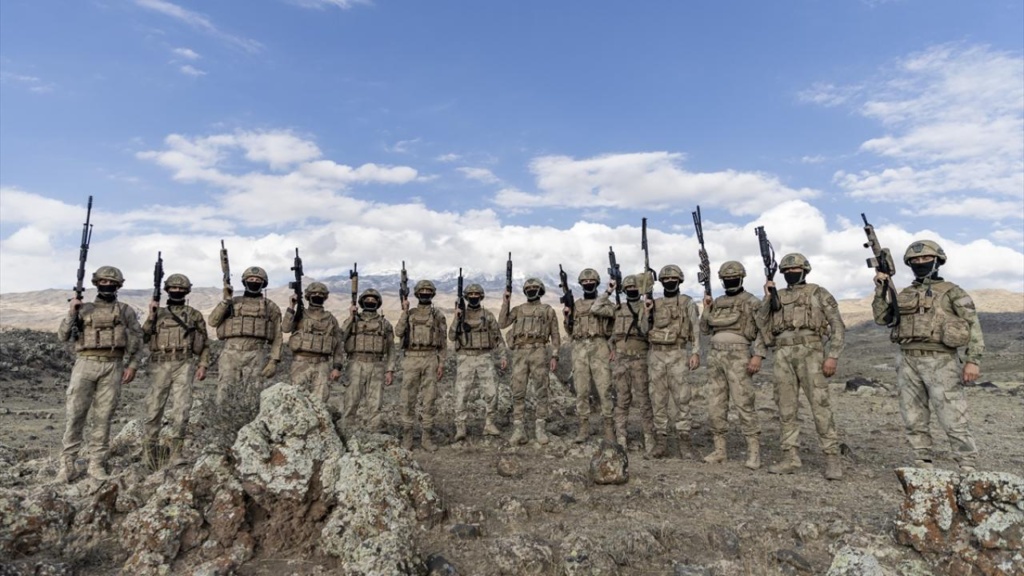
Turkish gendarmerie in Ağrı
Commandos serving in Ağrı Provincial Gendarmerie Command organise operations with the motto of “search and destroy” before winter on Mount Ararat, Turkey`s highest point. The commandos, who do not interrupt their training in order to be “always ready” for difficult operations and are on alert at the dominant points of the Mount Ararat region, carried out a helicopter-supported exercise.
2016
The Gendarmerie General Command was linked to the Ministry of Interior in 2016, after a change to Article 668 of the Law No. 2803 on the Organization, Functions, and Capabilities of the Gendarmerie by Decree Law No. 4. The Gendarmerie Schools Command was disbanded in 2016, and the Gendarmerie and Coast Guard Academy was formed.

